Art Fair
Art Basel
Stano Filko
June 14 – 17, 2018
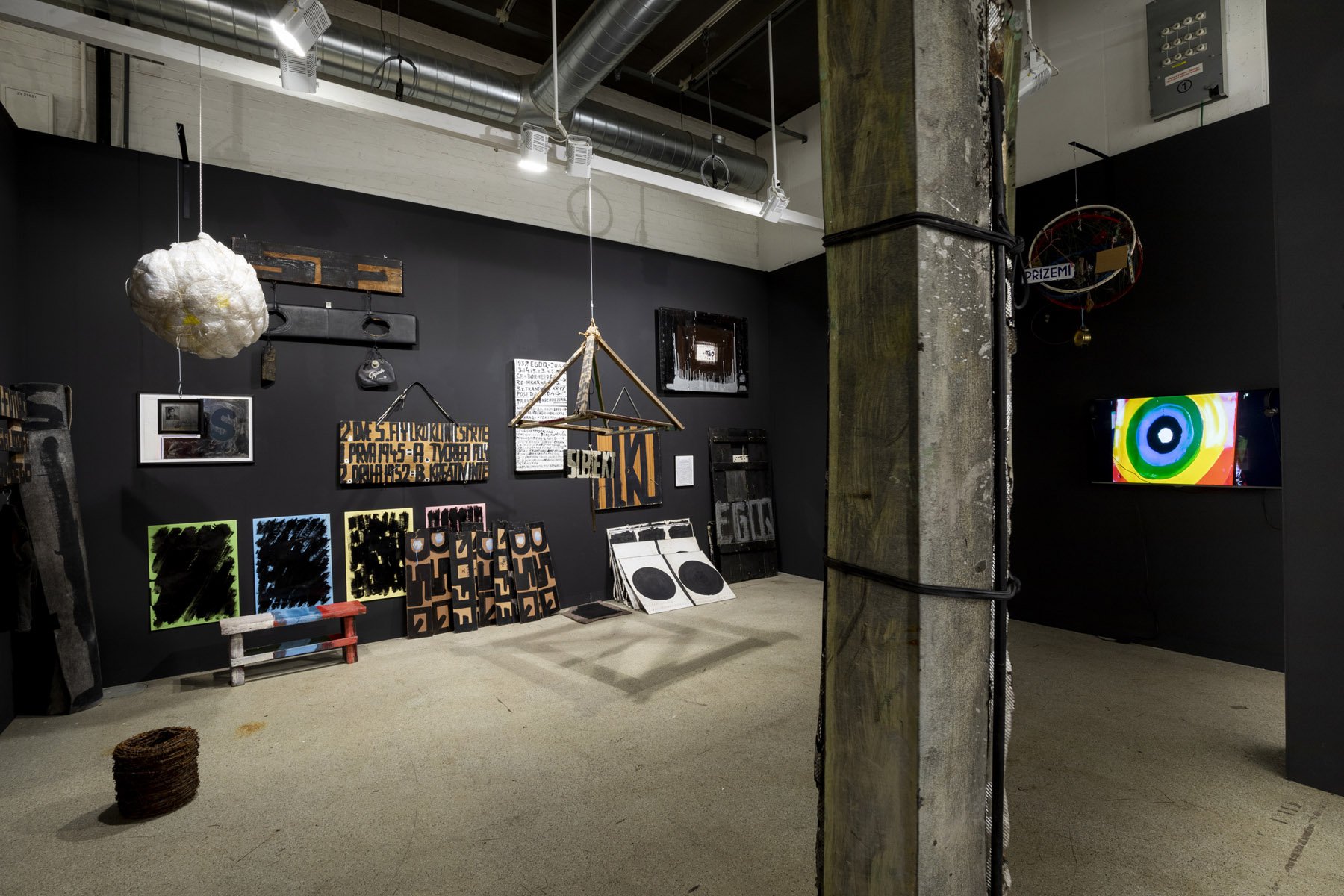
Stano Filko
Art Basel, 2018
Installation view
Layr, Vienna
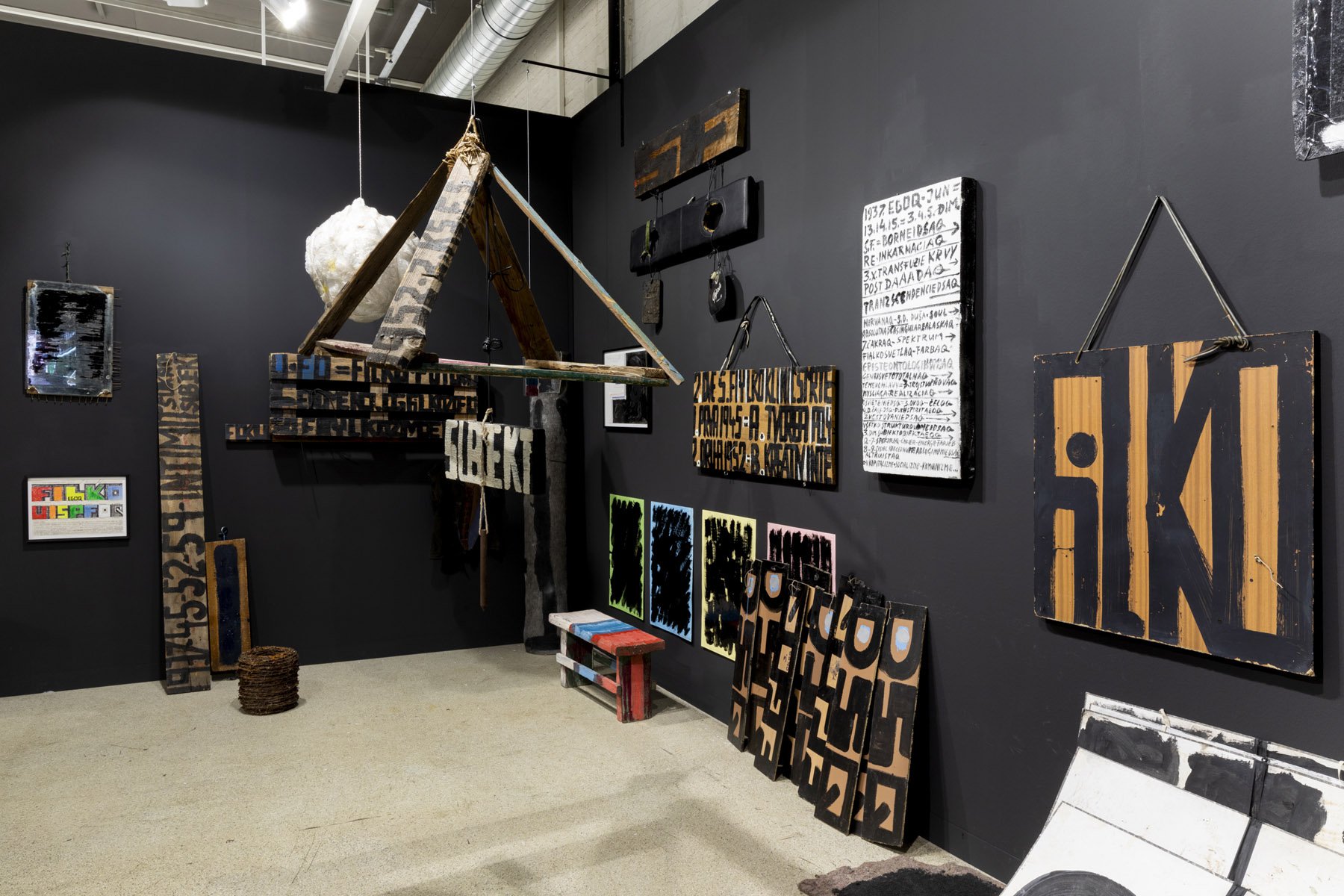
Stano Filko
Art Basel, 2018
Installation view
Layr, Vienna
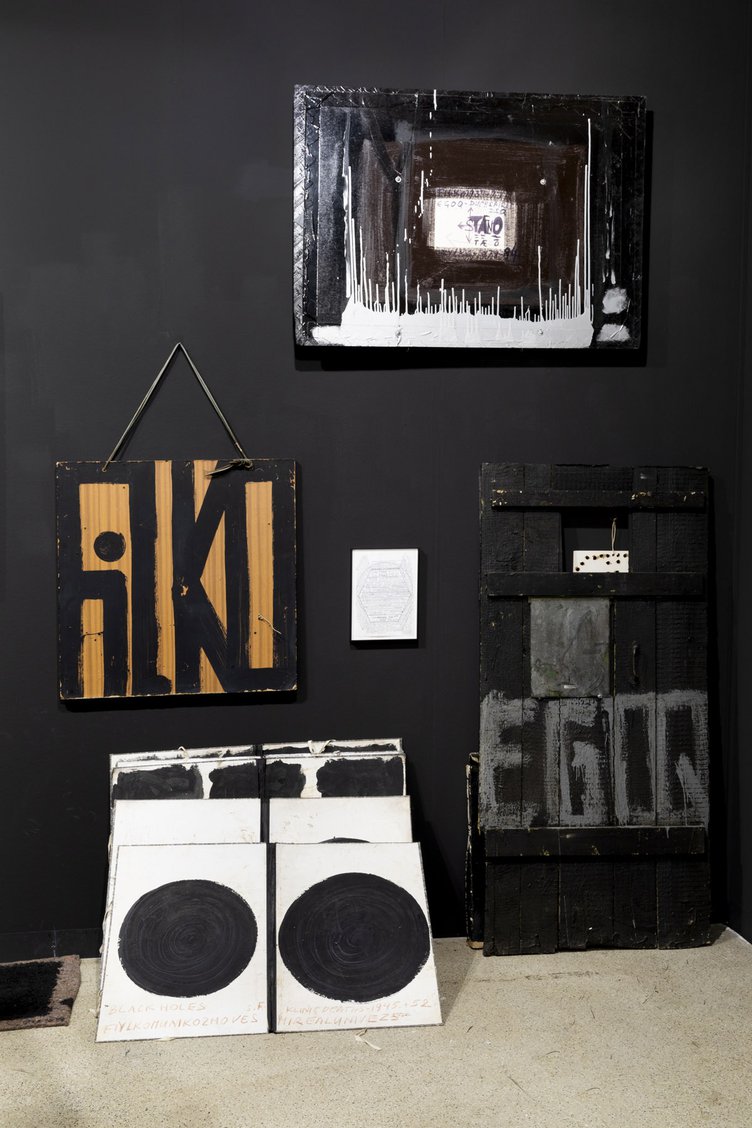
Stano Filko
Art Basel, 2018
Installation view
Layr, Vienna
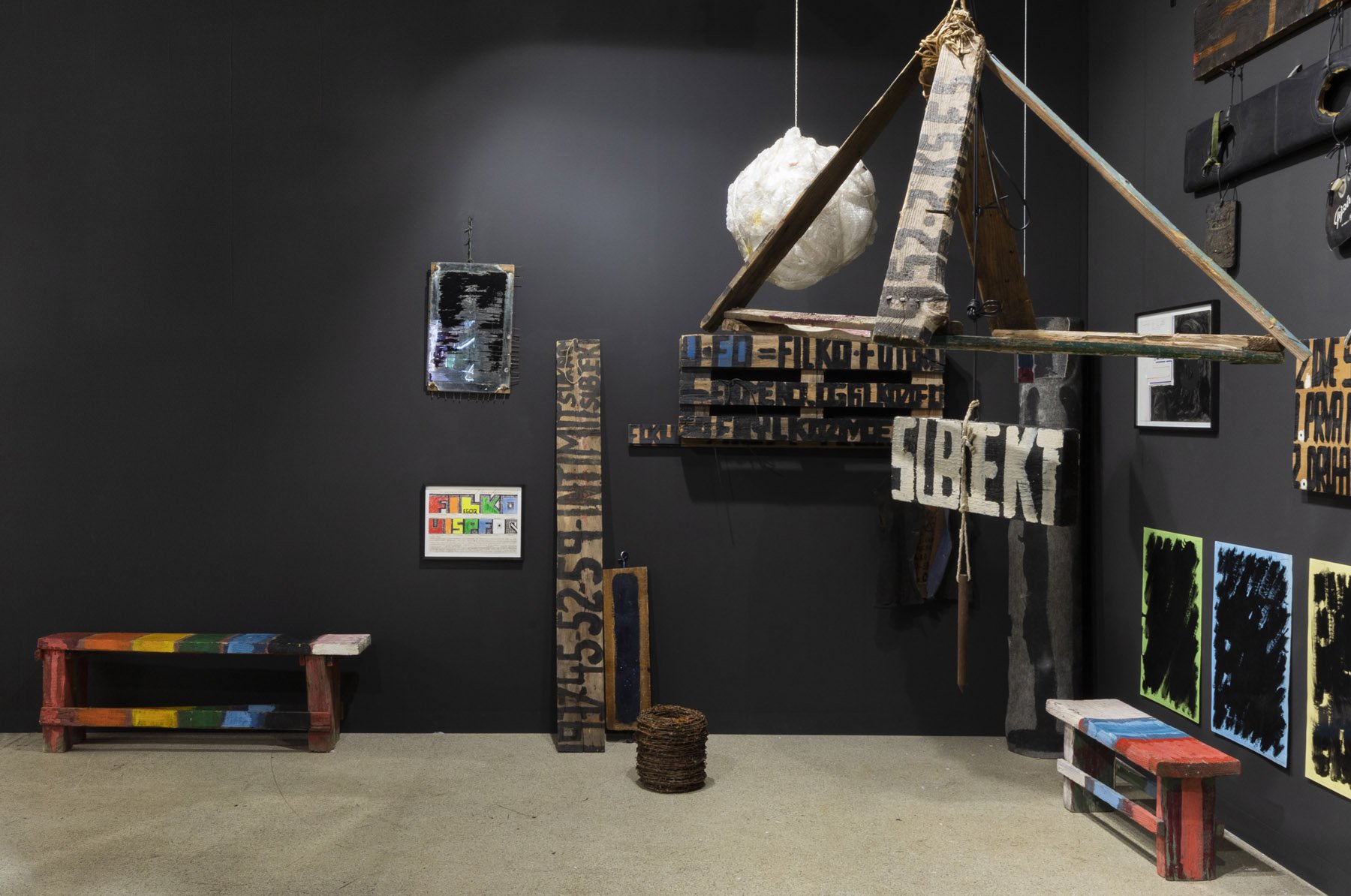
Stano Filko
Art Basel, 2018
Installation view
Layr, Vienna
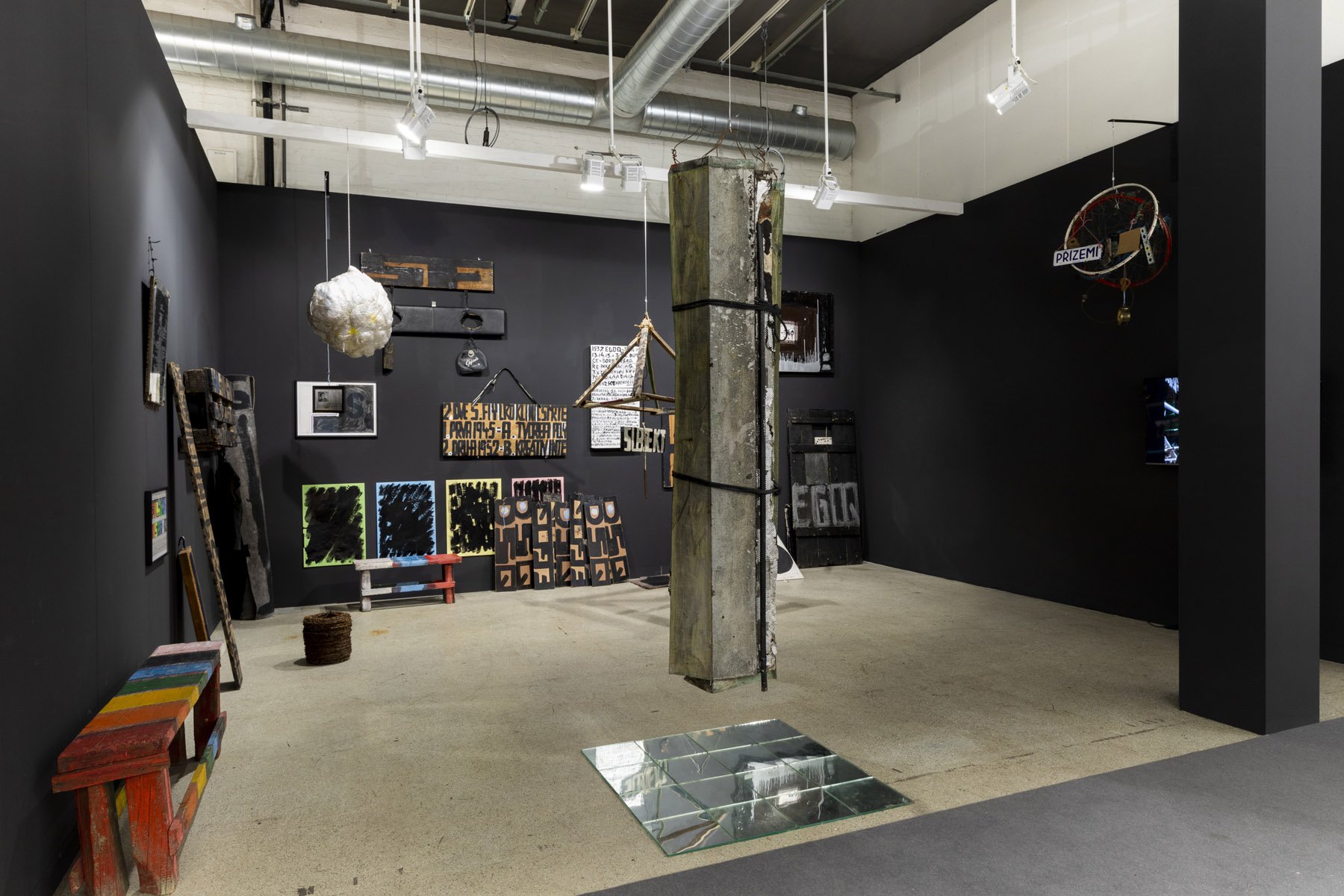
Stano Filko
Art Basel, 2018
Installation view
Layr, Vienna

Stano Filko
Birth of the Artist EGOQ 1937, from the series SF Boards in Chakra Colors, 2005
Styrofoam sheet, burning, acrylic
100 × 50 × 7 cm
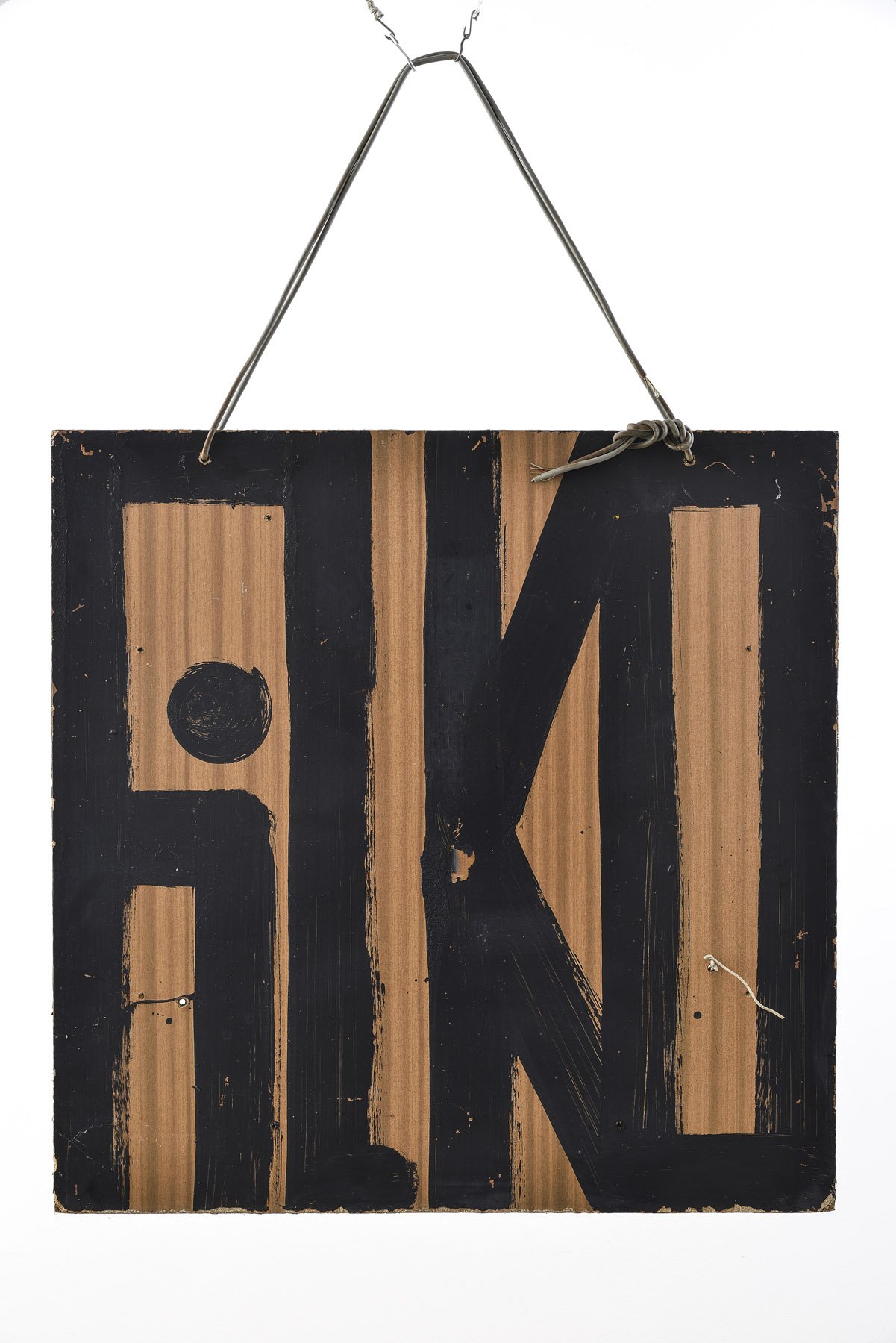
Stano Filko
From the series FiLKO EGO, 1995
Mixed media, plywood, cord
80 × 80 × 2 cm
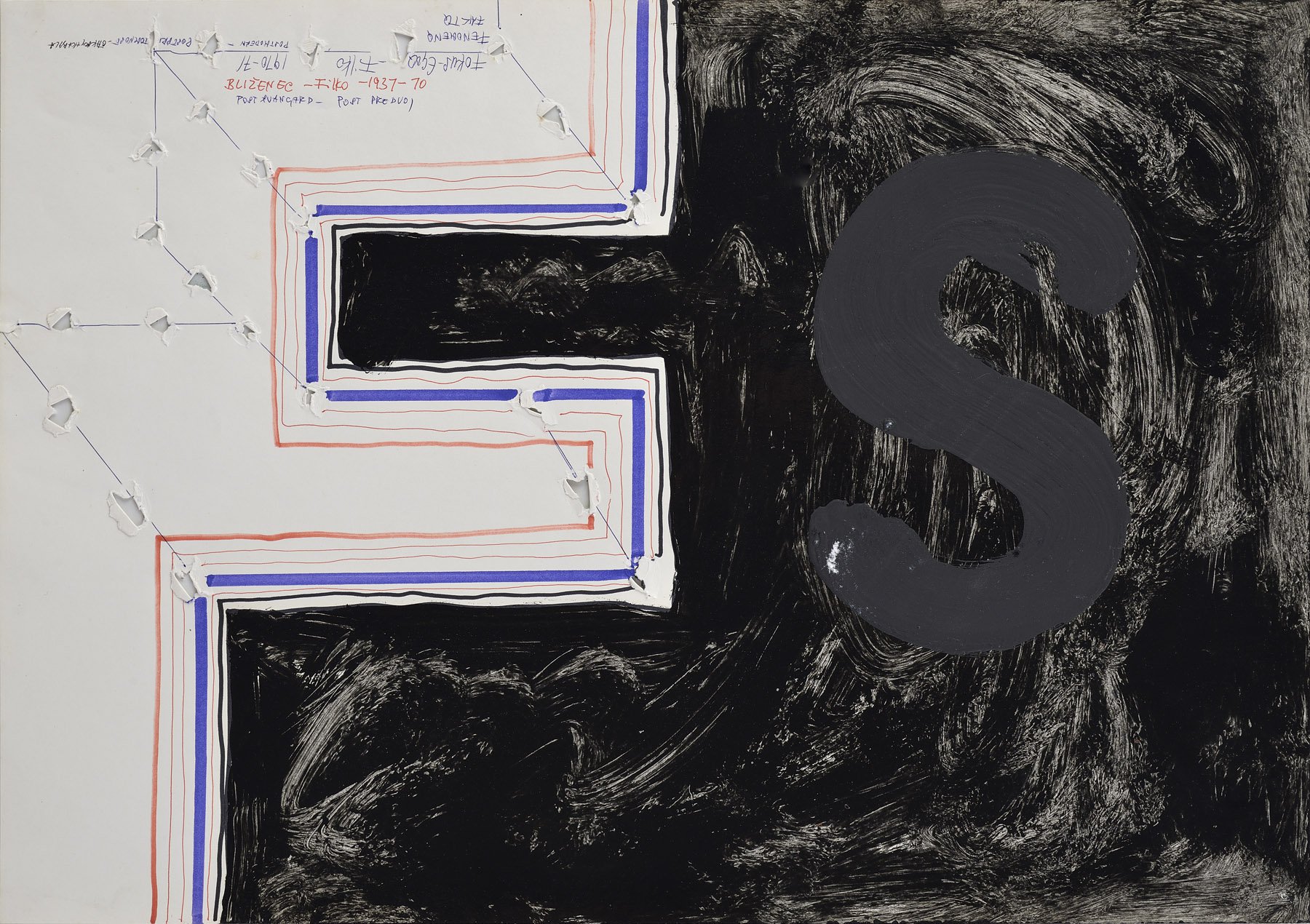
Stano Filko
Focus SF EGOQ, 1990
Mixed media, paper
42 × 59.3 cm

Stano Filko studioview Snežienková, Bratislava

Stano Filko
From the series FILKO EGOQ UISPFOQ, 1995
Felt-tip pencil, pencil, paper
29.5 × 41.2 cm

Stano Filko
From the series Vakuum 3.4.5.D, 2005
Mixed media, xerocopy, felt-tip pen, whitening liquid, paper
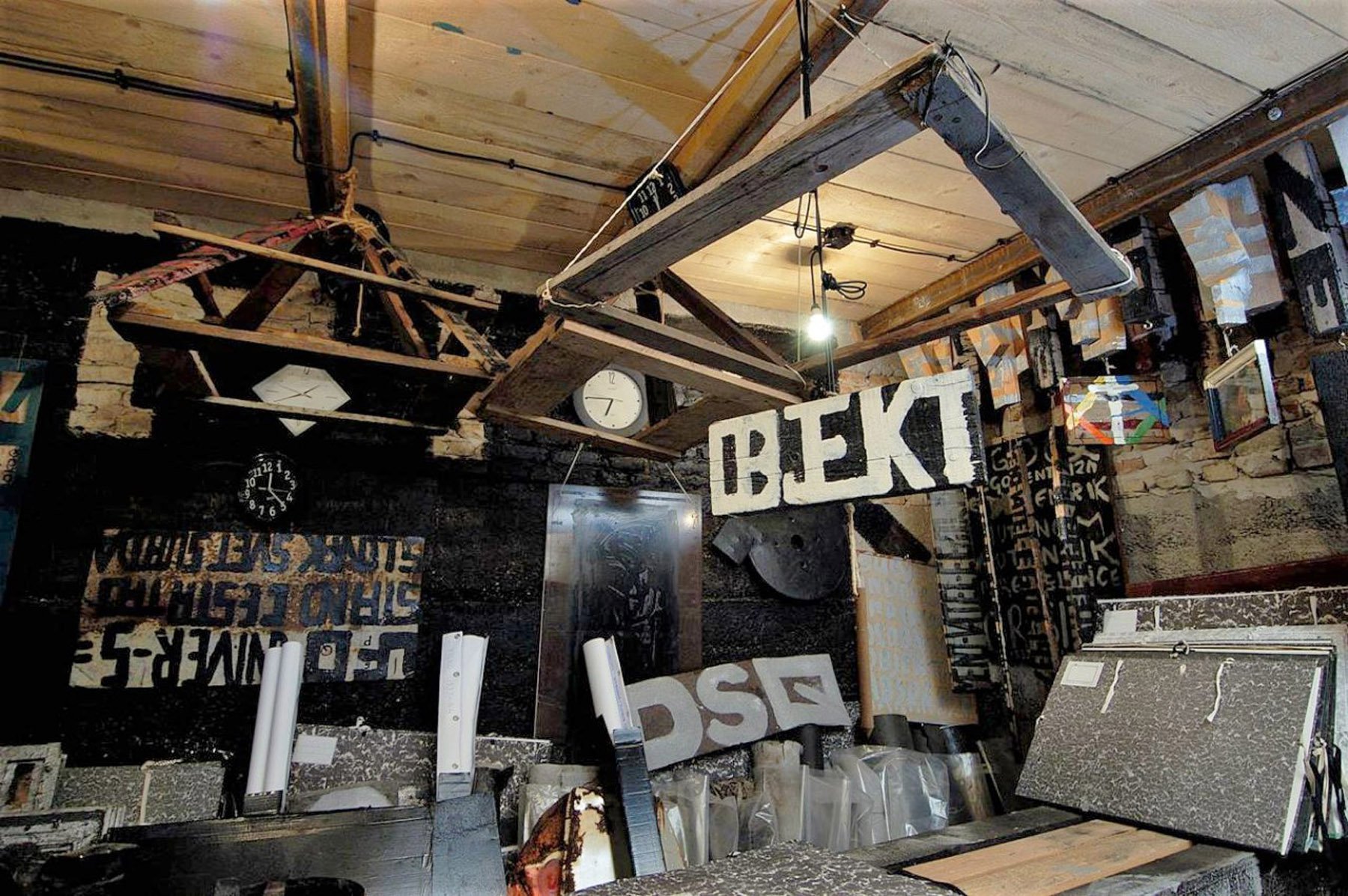
Stano Filko
The Black/EGO Room
Studioview Snežienková, Bratislava
Galerie Emanuel Layr is pleased to announce a solo presentation of Slovak artist Stano Filko (1937 – 2015). The installation is a partial reconstruction of one of the rooms of Stano Filko’s studio in Snežienková, Bratislava. The house on the hill, with a view over the whole city, was both a studio and a museum – „a depository“ in the artist ́s own words, where the rooms and the garden were used to map the entirety of his cosmological system. Filko was acting there „as a medium between different worlds“ (Patricia Grzonka). He continuously revisited older pieces, re-ordering and re-working them, layering them, over- writing and multi-dating them.
The room-installation, built from various works created from the 1960s to 2015, deals with Filko’s idea of EGO (represented by the colours indigo and black) which is a crucial point of his cosmology. The EGO room was also the physical core of his Gesamtkunstwerk in the Snežienková house. The concept of EGO also refers to black holes and to dark matter in space as well as to the two clinical deaths of the artist. A film of an exquisite interview with Filko, conducted in the house in 2005 by Hans-Ulrich Obrist and Roman Ondák, acts as a counterpart to the installation. The interview documents the importance of this special room in relation to his system. In the video Filko says: “This room represents the EGO, the third eye. It structures my whole life, from here I make up all the ideas”.
Stano Filko (1937 Velka Hradná – 2015 Bratislava) was a leading figure of neo- avantgarde and conceptual art in Central-Eastern Europe. In the 1960s he became internationally known mainly for his environments based on his ideas of interdisciplinarity (Happsoc I-IV, 1965-1968). He started to build the basis of his cosmology in the 2nd half of 1970s on the three colours: “3. White – absolute spirituality (later White Ontology), 2. Blue – Cosmology, 1. Red – Biology”; later three dimensions (3.4.5.D). In 1980 he added a legend of his birth in 3 days and the two clinical deaths that he survived in 1945 and 1952. In 1981 he fled to Germany in his Škoda 120. A year later, he exhibited the car at documenta 7, Kassel in his installation Liebe zur Ontologie. In December 1982, he travelled to the USA and lived in New York until 1990, when he returned to Slovakia. During the American period in the 1980s, Filko included the idea of various numerological signs and chakras as the energies of body and mind and used their colour symbolic to further exploration. In his holistic conceptual worldview, he took inspiration from art, philosophy, visual culture, science and technology. In his late oeuvre he arrived at a synthesis of all his experimental and divergent practices. Using time itself as a conceptual tool, Filko developed an all encompassing cosmological system that had its strongest manifestation in his studio house in 1995 – 2005.
Realisation of this project was made possible through the active support by Linea Collection, Bratislava & Lucia Gregorová Stach, Slovak National Gallery.